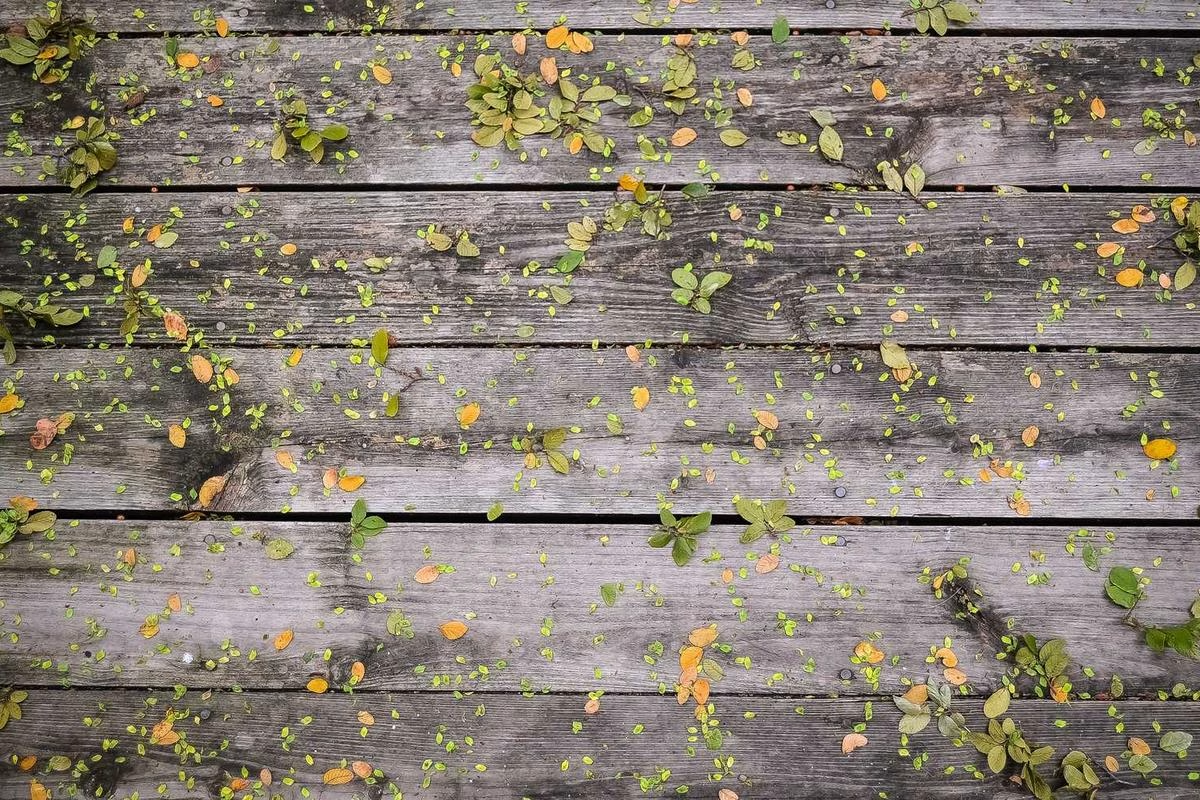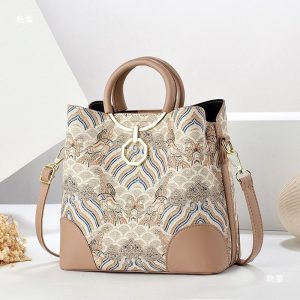Background
Chinese mythology, a vast and intricate system of stories, beliefs, and traditions, has been woven into the cultural fabric of China for millennia. Unlike the more structured pantheons of Greek or Norse mythology, Chinese myths are a fluid amalgamation of Taoist, Buddhist, Confucian, and folk influences, reflecting the country’s long and complex history. These tales are not merely entertainment; they serve as moral guides, historical records, and philosophical explorations, offering insights into the values and worldview of one of the world’s oldest continuous civilizations.

Why It Matters
At the heart of many Chinese myths is the concept of harmony between heaven, earth, and humanity. This is beautifully illustrated in the story of Pangu, the primordial giant who emerged from a cosmic egg. According to legend, Pangu spent 18,000 years separating chaos into yin and yang, with his breath becoming the wind and clouds, his voice the thunder, and his body the mountains and rivers. His sacrifice created the world, embodying the ideal of order arising from disorder and the interconnectedness of all things.
Another foundational narrative is the tale of Nüwa, the mother goddess who crafted humans from yellow clay. After repairing the broken pillars of heaven following a great calamity, she established the marital system to ensure humanity’s propagation. Nüwa represents creativity, compassion, and the nurturing aspect of the divine, often depicted as a serpent with a human head, symbolizing her connection to both earth and the mystical realm.
Dragons hold a uniquely revered place in Chinese mythology, unlike their Western counterparts often portrayed as malevolent beasts. The Chinese dragon, or long, is a benevolent symbol of power, wisdom, and good fortune. Associated with water and weather, dragons were believed to control rains essential for agriculture, making them central to agrarian society. Emperors claimed descent from dragons to legitimize their rule, and even today, the dragon remains an enduring national emblem.
The pantheon of deities is richly populated, with figures like the Jade Emperor, the supreme ruler of heaven, and Guan Yin, the bodhisattva of compassion, widely venerated. Myths often explain natural phenomena or cultural practices; for instance, the story of Chang’e, the moon goddess, is linked to the Mid-Autumn Festival, where families reunite to admire the full moon and eat mooncakes, symbolizing unity and nostalgia.
According to a recent study published in the Journal of East Asian Cultural and Historical Studies (2023), analysis of oracle bone inscriptions from the Shang Dynasty reveals that early mythological narratives were closely tied to divination practices and ancestor worship. The research suggests that these stories were not static but evolved significantly over time, adapting to political changes and integrating new philosophical ideas, particularly during the Zhou Dynasty and the Warring States period.
Chinese mythology also profoundly influences literature, art, and daily life. Classic novels like Journey to the West draw heavily on mythical themes, featuring the mischievous Monkey King and his quest for enlightenment. Operas, paintings, and festivals continually reinterpret these ancient tales, keeping them alive in the modern consciousness. They offer a window into the collective psyche, emphasizing virtues such as filial piety, resilience, and the pursuit of balance.
In contemporary times, these myths experience a resurgence through media like films, television series, and video games, introducing global audiences to China’s legendary heroes and monsters. Yet, at their core, they remain a testament to humanity’s enduring quest to understand the cosmos, morality, and our place within it, ensuring that the echoes of ancient China continue to resonate across generations.
You May Also Like
Ancient Craftsmanship & ICH Herbal Beads Bracelet with Yellow Citrine & Silver Filigree Cloud-Patterned Luck-Boosting Beads
Original price was: $128.00.$89.00Current price is: $89.00. Add to cart- handmade-tote-ethnic-boho-large-capacity-shoulder-bag/" class="woocommerce-LoopProduct-link woocommerce-loop-product__link">Add to cart


Guangxi Zhuang Brocade Handmade Tote – Ethnic Boho Large-Capacity Shoulder Bag
Original price was: $172.00.$150.00Current price is: $150.00. Add to cart Handwoven Zhuang Brocade Tote Bag – Large-Capacity Boho Shoulder Bag
Original price was: $178.00.$154.00Current price is: $154.00. Add to cartThe Palace Museum Paper-Cut Light Art Fridge Magnets: Chinese Cultural Style Creative Gift Series
Price range: $27.00 through $36.00 Select options This product has multiple variants. The options may be chosen on the product page






